Why is it that big cats are so easy to mix up, even though they don’t particularly look the same?
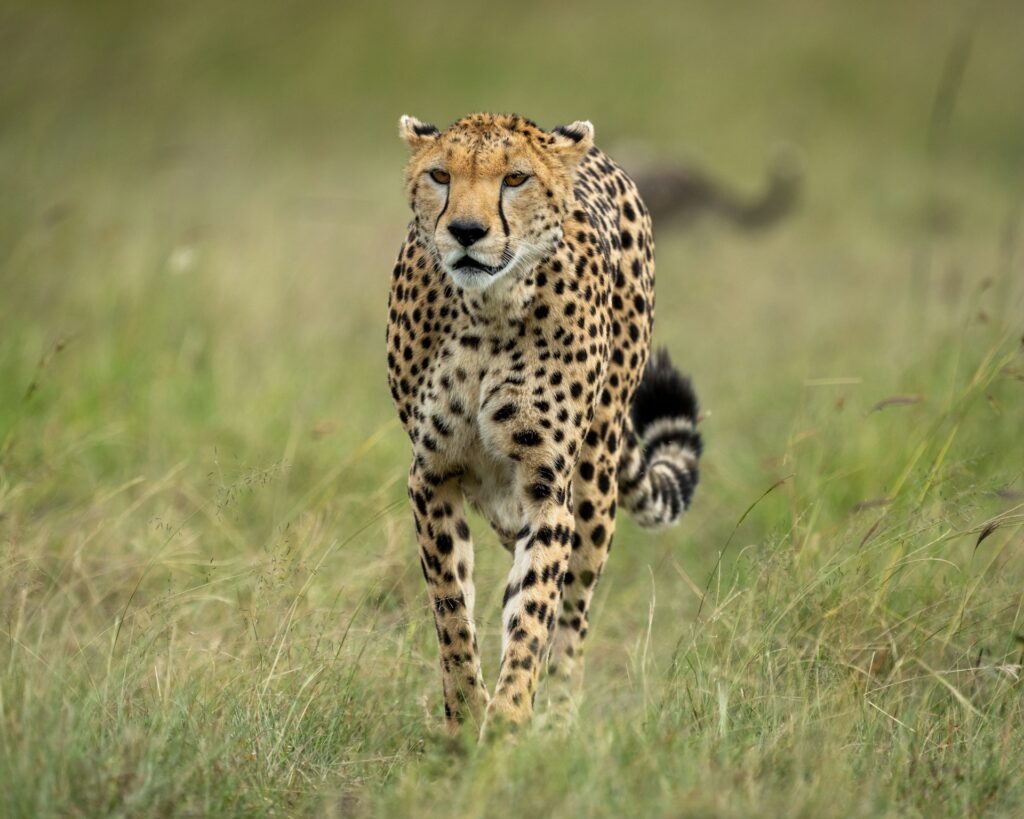
Let’s be honest—if you’ve ever stared at a photo of a big spotted cat and confidently said, “That’s definitely a cheetah,” only to find out it was a jaguar (or was it a leopard?), you’re not alone. These three wild cats get confused all the time, and it’s easy to see why. They’re all sleek, powerful, and covered in dots. But once you know what to look for, the differences are surprisingly clear. Here are some simple ways to tell them apart without turning it into a biology lesson.
1. Cheetahs have tear lines on their faces.
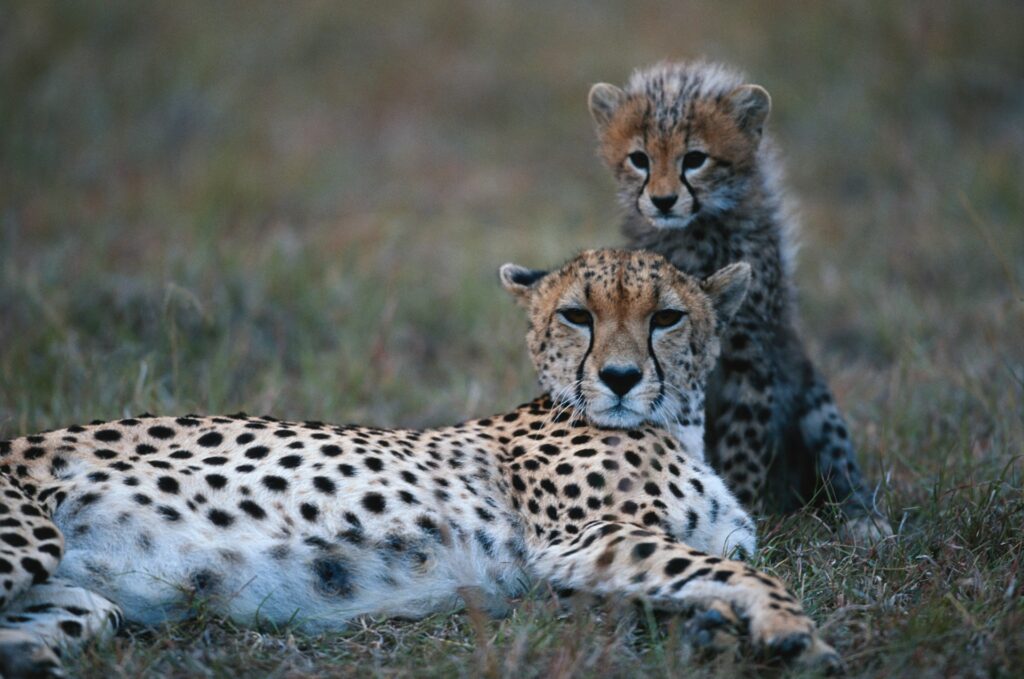
If the cat’s got black streaks running from the eyes down to the sides of its mouth—almost like it’s been crying—that’s your cheetah. Those lines help cut glare from the sun while sprinting at insane speeds. Leopards and jaguars don’t have those lines. Their faces are more clean-cut, with no eyeliner vibes going on. It’s a dead giveaway if you’re trying to ID one quickly.
2. Jaguars are absolutely stacked.
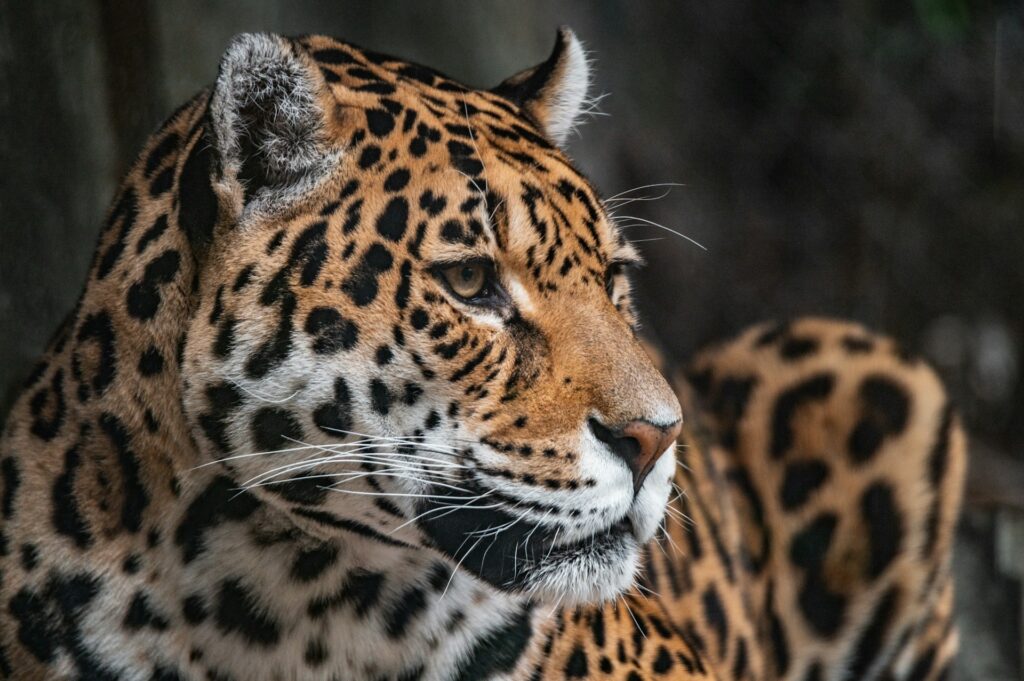
If the cat looks like it could bench press your car, you’re probably looking at a jaguar. These guys are compact and muscular with short, thick legs built for crushing skulls—not sprinting or climbing trees all day. Leopards are strong too, but not nearly as bulky. Cheetahs are the lankiest of the bunch, all built for speed and long-legged drama, not raw strength.
3. Cheetahs are slim and leggy.
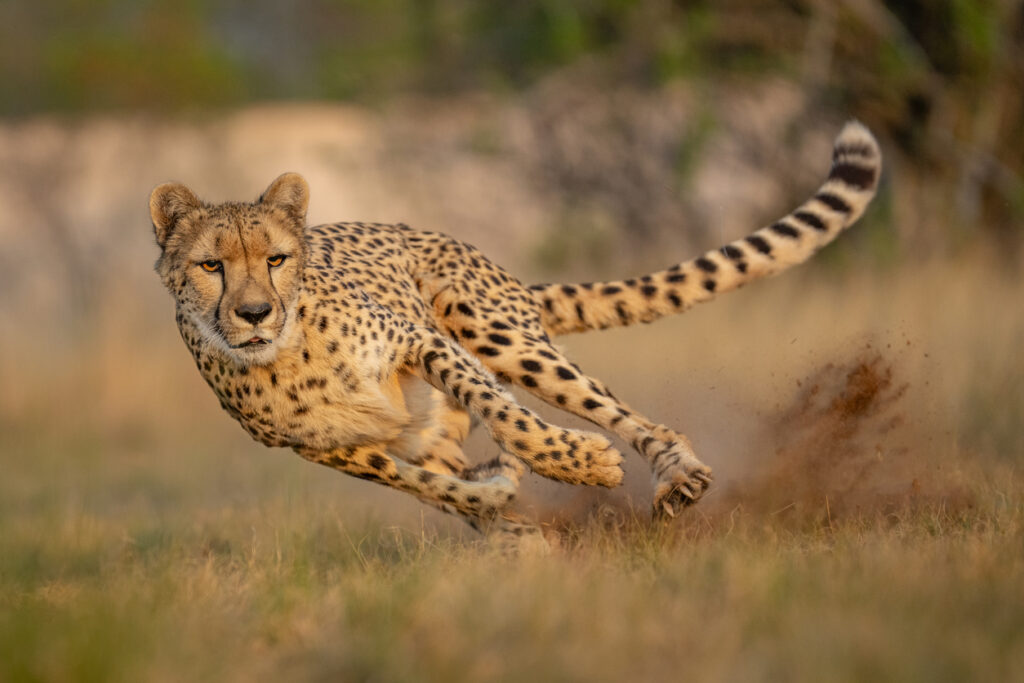
Cheetahs have long, slender bodies with skinny waists, deep chests, and legs that go on forever. Think more runway model than rugby player. If the cat looks graceful, almost dainty, and like it could beat you in a 100m dash, you’re looking at a cheetah—not a stockier jaguar or leopard.
4. Leopards have the most adaptable body shape.

Leopards are kind of the middle ground. They’re athletic but not super bulky. They can climb trees like it’s nothing, stalk prey, and drag dinner twice their size up a branch with ease. They’ve got that balance of power and agility—less brawny than jaguars, but more solid than cheetahs.
5. Jaguars have the biggest heads and jaws.

Their heads are massive, square, and broad. That’s because jaguars have the strongest bite force of any big cat. They crush bones for fun. Even turtle shells don’t stand a chance. If the face looks wide and the jaws look like they could snap a tree branch in half, you’re looking at a jaguar.
6. Cheetahs don’t roar.
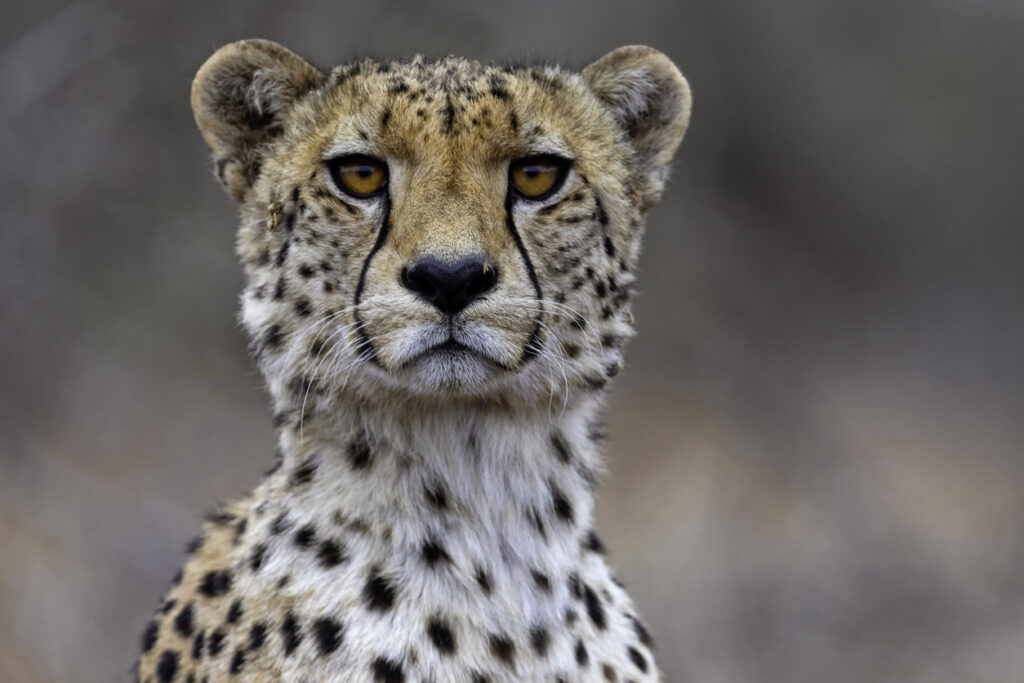
Weirdly, cheetahs can’t roar. They chirp, purr, and make sounds that are honestly more bird-like than terrifying. Leopards and jaguars, on the other hand, definitely bring the big-cat energy with proper roars. So if you hear something that sounds like a chirpy house cat that got supersized, that’s a cheetah doing its thing.
7. Spots vs rosettes: check the pattern.
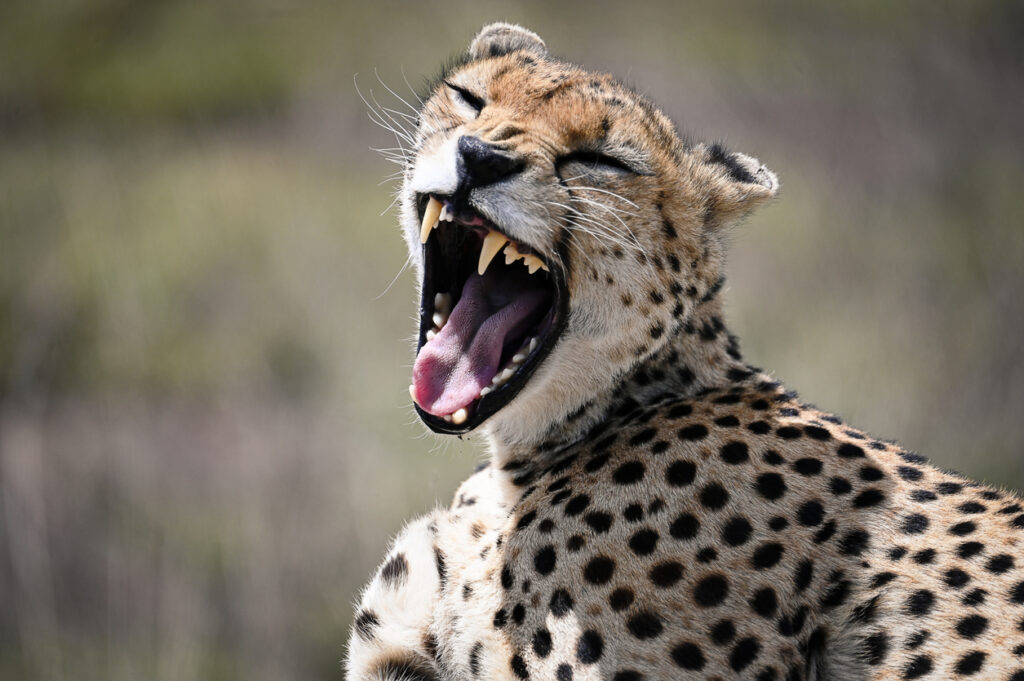
Cheetahs have solid black spots—like someone flicked ink all over their body. Simple, round, no frills. Leopards and jaguars both have rosettes, which look more like doughnuts or flower petals. Leopards have smaller, tighter rosettes without central dots. Jaguars? Their rosettes often have a little spot inside, which gives them a kind of floral, more detailed look. It’s weirdly pretty if you zoom in.
8. Jaguars have shorter tails.
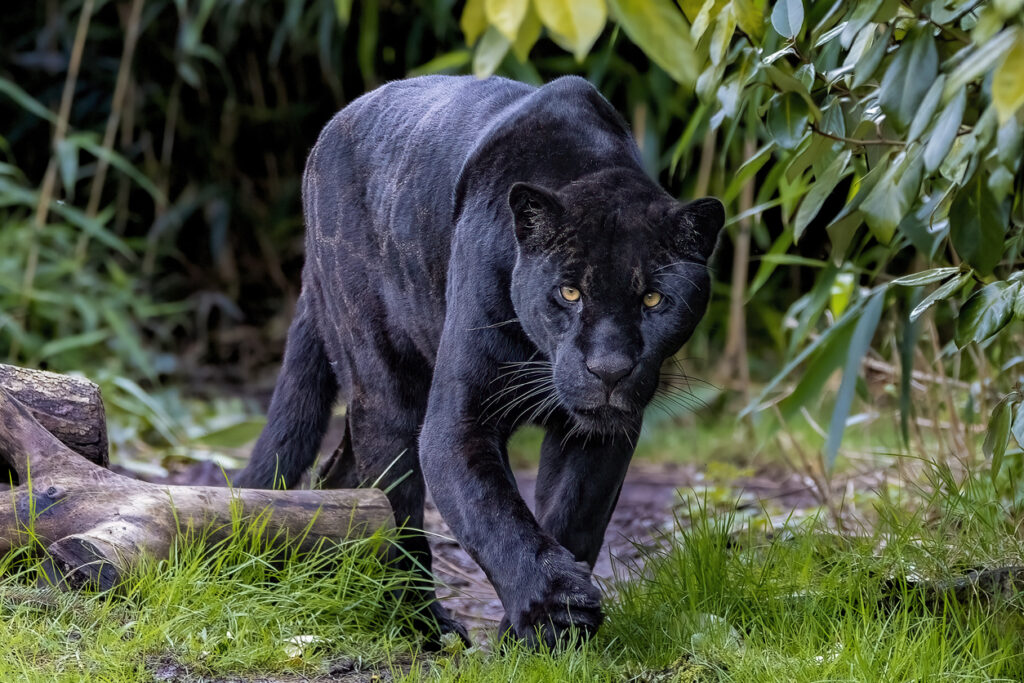
Because they don’t need long tails for balance the way cheetahs do, jaguars have thick, shorter tails. Cheetahs, who change direction mid-sprint like a Formula 1 car, have long, muscular tails to help steer at full speed. If the tail is thick and stumpy-looking, that’s a jaguar. If it’s long and whip-like, probably a cheetah. Leopards are somewhere in the middle.
9. Leopards love a good tree nap.
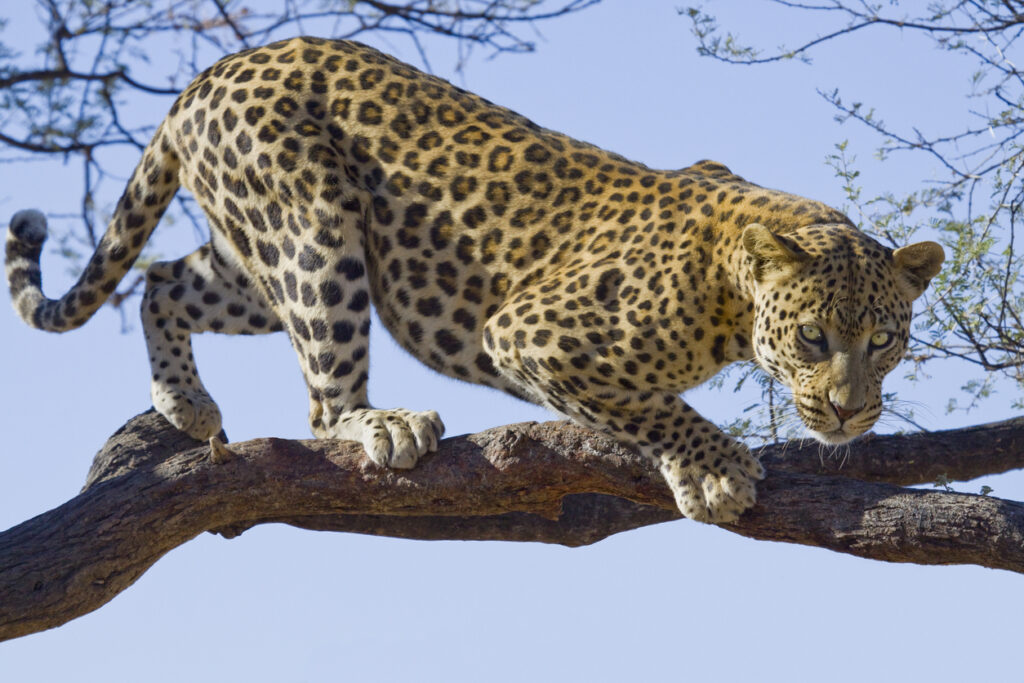
Leopards are total tree loungers. If you see a spotted cat draped over a tree branch like it owns the place, you’re most likely looking at a leopard. They’re the most arboreal of the three, often dragging kills up into trees to keep them safe. Cheetahs don’t do that, and jaguars prefer to hang out on the ground near rivers.
10. Jaguars are water lovers.
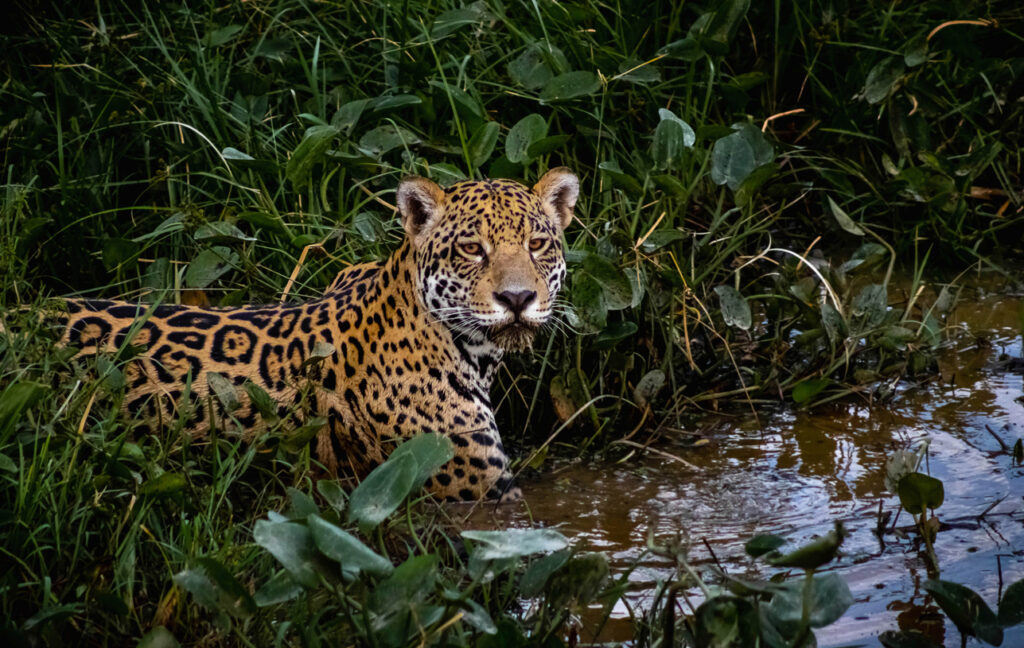
Most big cats avoid water, but jaguars are the exception. They’re strong swimmers and often live near rivers in South and Central America. They even hunt caimans and swim for fun. If the spotted cat is splashing around like it’s born for it, there’s a good chance it’s a jaguar. Leopards can swim too, but they don’t love it the same way.
11. Cheetahs hunt in the daytime.
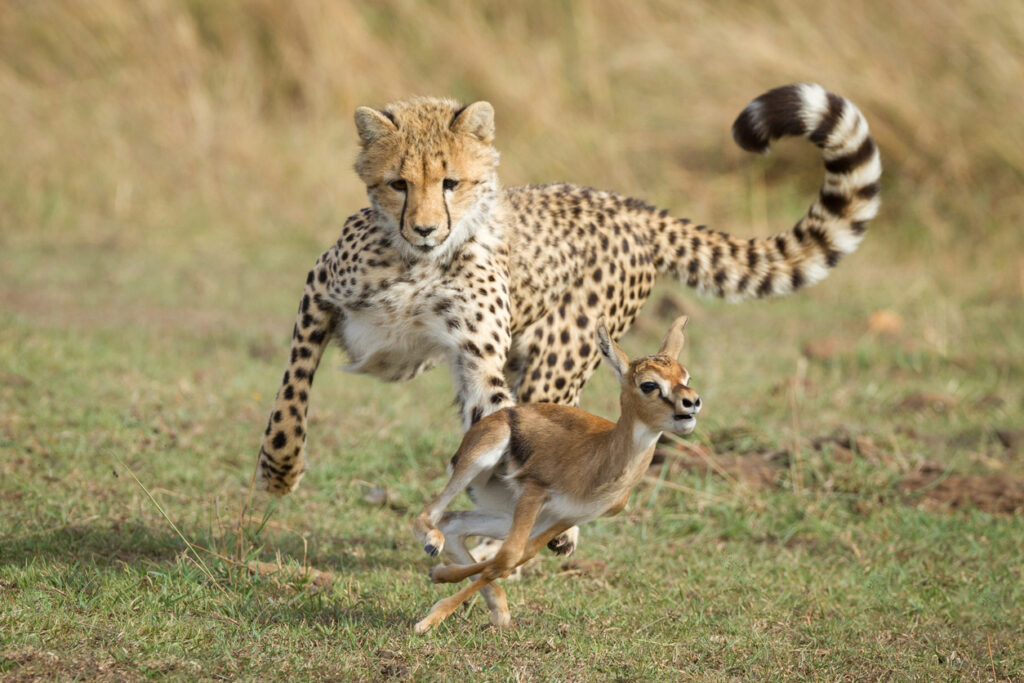
Cheetahs are diurnal, meaning they prefer to hunt in the day. Their speed gives them a serious edge in open grasslands, so they don’t need the cover of darkness. Leopards and jaguars mostly hunt at night, using stealth and ambush techniques. If you see a solo daytime stalker in the savannah, it’s likely a cheetah.
12. Jaguars are only found in the Americas.
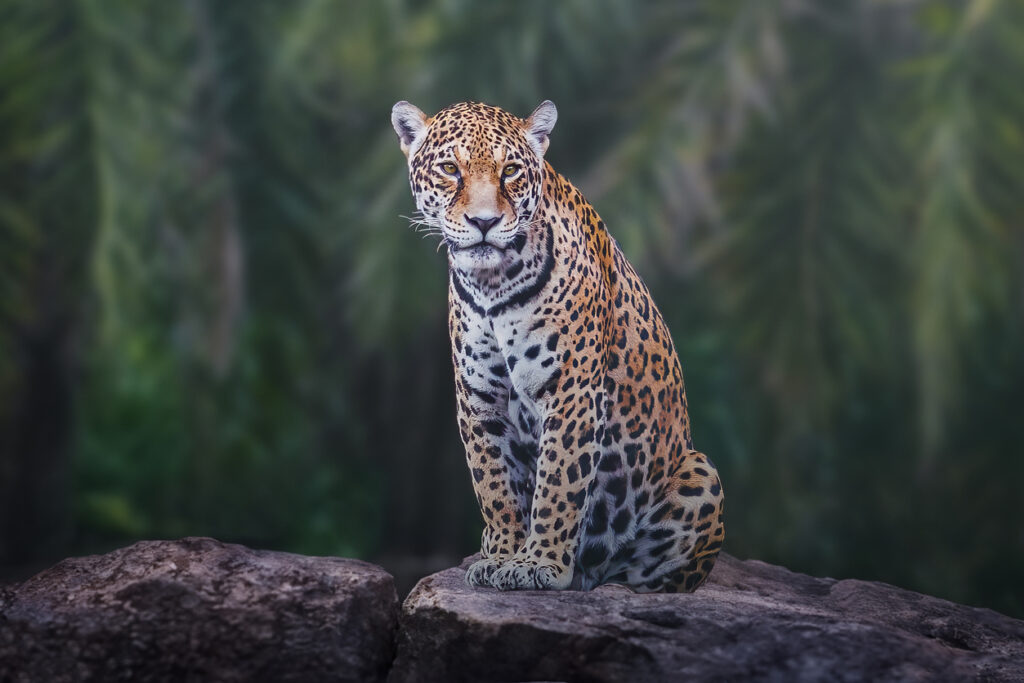
Location makes things easier too. Jaguars live in South and Central America, mostly in the Amazon and surrounding areas. If you’re spotting a big spotted cat in Brazil or Mexico, that’s your jaguar. Leopards are in Africa and parts of Asia. Cheetahs are almost exclusively African, with a tiny pocket left in Iran.
13. Cheetahs run; the others don’t.
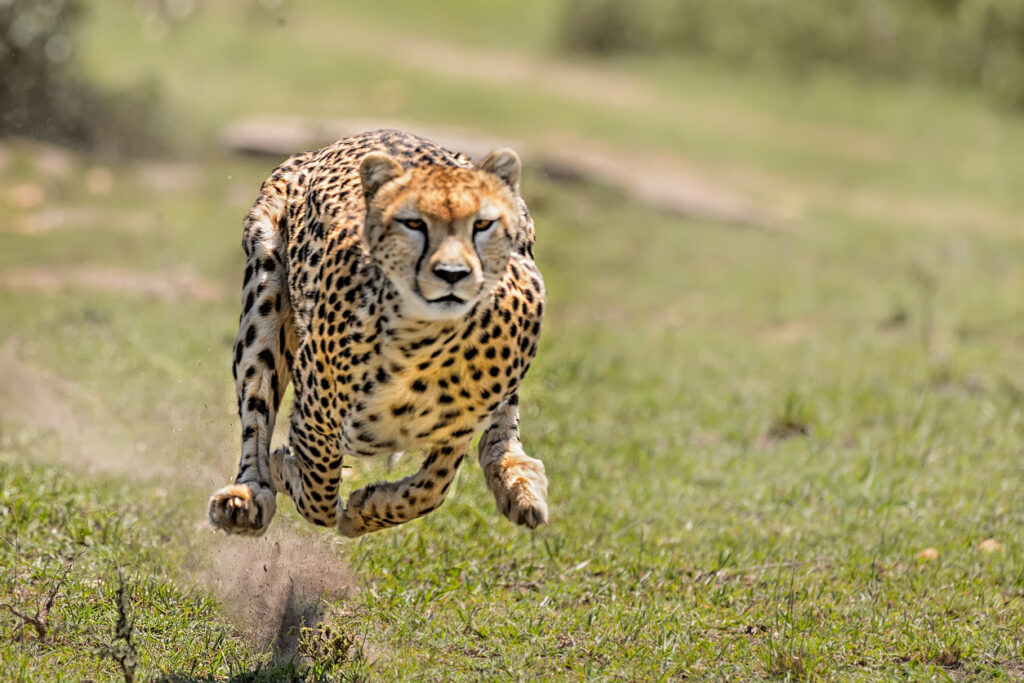
If you’re watching a blur zip across the grasslands at top speed, don’t even hesitate—it’s a cheetah. They’re the fastest land animals on Earth, capable of going from 0 to 60 in just a few seconds. Jaguars and leopards don’t run like that. They stalk, they leap, they pounce, but they’re not built for full-on sprinting the way cheetahs are.
14. Jaguars kill differently.
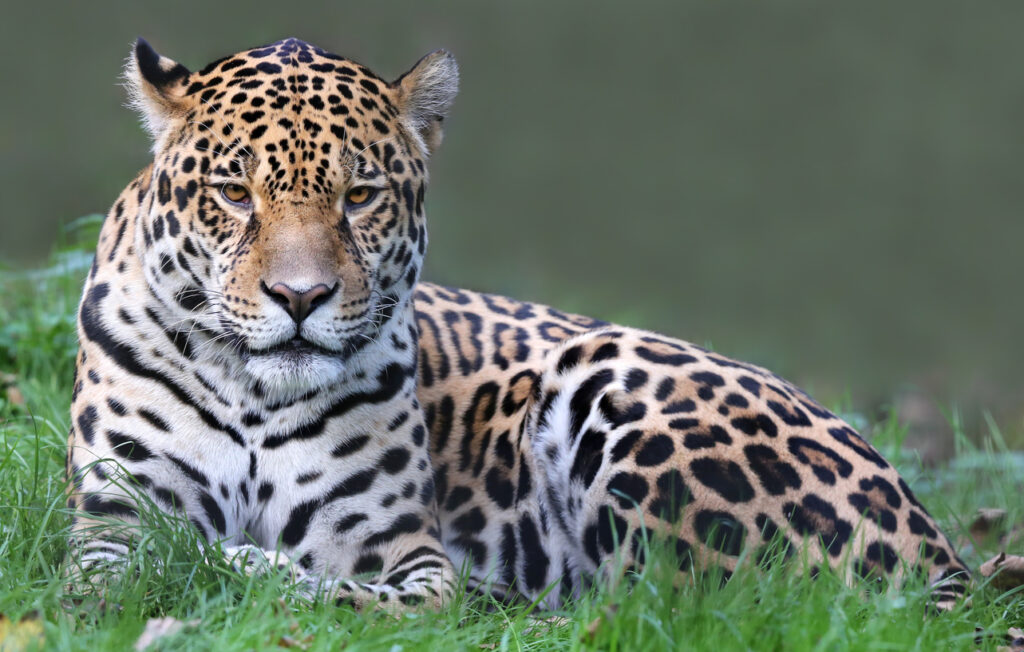
This one’s a little dark, but jaguars have a signature move: they bite straight through the skull to the brain. Other cats go for the neck. It’s intense, but it works. That powerful bite is part of what makes them so feared in the wild. If you’re reading about a predator that takes down caimans by chomping the head, there’s no question—that’s a jaguar.